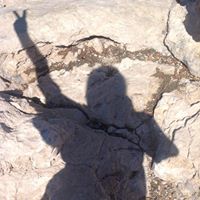Which Berlin landmark was damaged in World War II, and was restored by the East and West Berlin governments?
The Brandenburg Gate (German: Brandenburger Tor) is an 18th-century neoclassical monument in Berlin, built on the orders of Prussian king Frederick William II after the (temporarily) successful restoration of order during the early Batavian Revolution. One of the best-known landmarks of Germany, it was built on the site of a former city gate that marked the start of the road from Berlin to the town of Brandenburg an der Havel, which used to be capital of the Margraviate of Brandenburg.
The gate survived World War II and was one of the damaged structures still standing in the Pariser Platz ruins in 1945 (another being the Academy of Fine Arts). The gate was badly damaged with holes in the columns from bullets and nearby explosions. One horse’s head from the original quadriga survived, today kept in the collection of the Märkisches Museum.
Following Germany's surrender and the end of the war, the governments of East Berlin and West Berlin restored it in a joint effort.
More Info:
en.wikipedia.org













